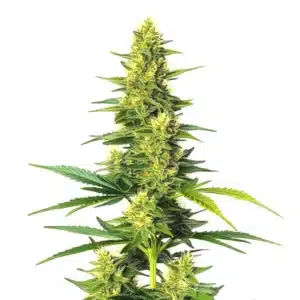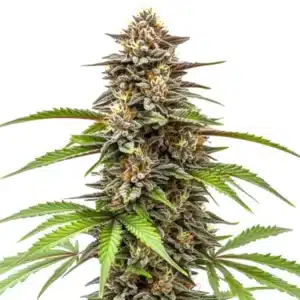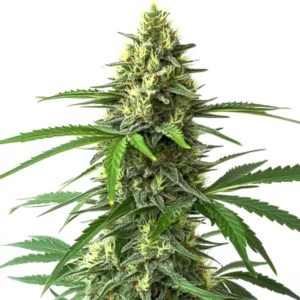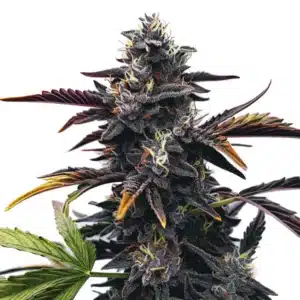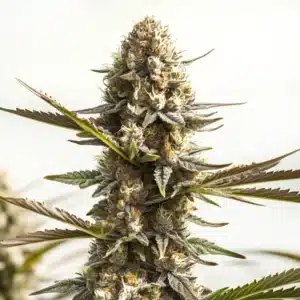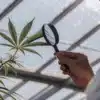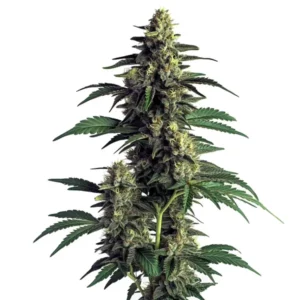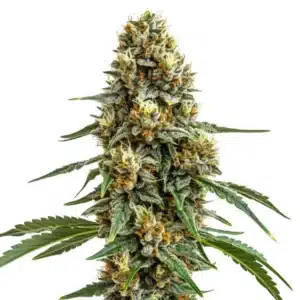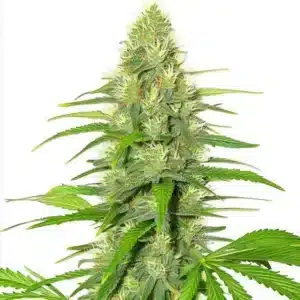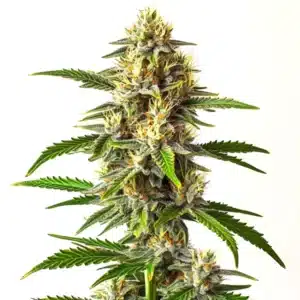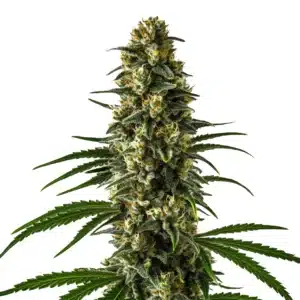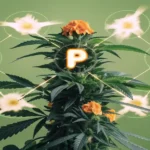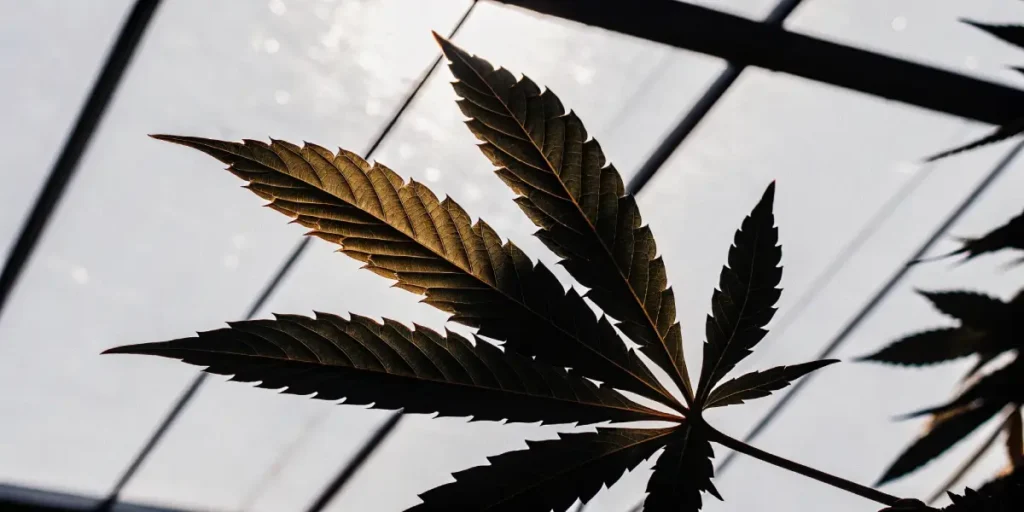
The Plant’s Diet: How Nutrient Problems Cause Oxidative Stress
Let’s connect two dots that confuse a lot of growers: nutrient deficiencies and “oxidative stress.” It sounds complicated, but it’s actually simple cause and effect.
Think of it this way: a nutrient problem is your plant being on a bad diet. Oxidative stress is the sickness it gets from that bad diet. If you can master your plant’s diet, you’ll never have to worry about the sickness.
Recommended Strains
Ooze
|
|
THC | 19% - 23% (Medium) |
|
|
Type | Feminized |
|
|
Yield | Medium |
|
|
Phenotype | 70% Indica / 30% Sativa |
Auto White Widow CBD
|
|
CBD | 10% – 12% (Medium) |
|
|
Type | CBD Autoflowering |
|
|
Yield | Low |
|
|
Phenotype | 40% Indica / 60% Sativa |
Learning the Language of the Leaves
Your plant’s leaves are its face; they show you every emotion. You just have to learn to read their body language.
- A Happy Plant: The leaves are a vibrant green and angled slightly upwards towards the light, like the hands of a clock at 10 and 2. They are “praying”, full of life and reaching for energy.
- An Overfed Plant: Are the tips of the leaves curling upwards and looking dark or burnt? That’s the classic sign of “nute burn,” a clear signal that there are too many salts (nutrients) in the soil.
- A Starving Plant: Are the bottom leaves turning yellow? Your plant is starving. Nitrogen is a mobile nutrient, so a smart plant will steal it from the old, lower leaves and send it to the new growth at the top. This is your first clue that something is wrong with its diet.
Promos & Deals
The Secret to a Perfect Diet: Two Numbers
So how do you become the perfect chef for your plants? You don’t need to be a scientist. You just need to master two numbers: pH and EC. And listen, you don’t need a fancy lab. You can buy cheap, reliable digital meters for both of these for the price of a bag of good soil. There is absolutely no excuse for a serious grower not to own them.
1. pH: The Gatekeeper
As we’ve discussed, pH is the gatekeeper to your plant’s stomach. For soil, your watering pH must be a stable 6.0 (measured after adding nutrients). If your pH is off, the gate is locked, and your plant cannot eat, no matter how much food is in the soil.
2. EC: The Food Meter
EC, or Electrical Conductivity, is a simple way to measure how much “food” (dissolved salts) is in your water. Too little, and your plant starves. Too much, and you get that ugly nute burn. Here’s a basic roadmap:
- Seedlings: Start with a very low EC, around 0.2 – 0.4.
- Vegetative Growth: Slowly increase to 0.8 – 1.2.
- Flowering: You might ramp up to a peak of 1.6, but never much higher.
Heavy-feeding strains like Critical Mass might handle a higher EC, while others are more sensitive. Measuring your EC lets you feed your plants with precision instead of just guessing.
Supporting a Healthy Diet
A few other practices support this perfect diet. A plant that can’t breathe well can’t eat well. So, remember to gently clean the undersides of the leaves with a water spray in the early morning to keep its pores clear. And if you do stress your plant, a recovery cocktail with natural hormones like auxins and gibberellins (from kelp) can help it bounce back.
When you Cultivate with this level of precision, you’re no longer just a gardener. You are a nutritionist for your plants. You’re giving your Homegrown garden exactly what it needs to Thrive, allowing tough strains like White Widow and Blue Dream to reach their full, magnificent potential.
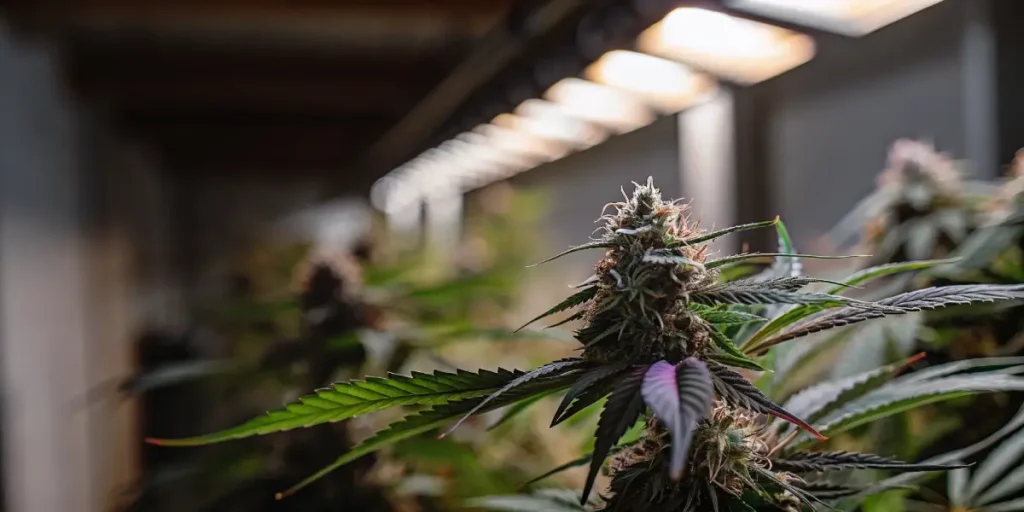
Frequently Asked Questions
What’s the difference between a nutrient deficiency and oxidative stress?
A nutrient deficiency is the cause; oxidative stress is the effect. The deficiency is the “bad diet” (often caused by incorrect pH), and oxidative stress is the “sickness” (cellular damage and breakdown) that results from that bad diet.
What are pH and EC, and why are they so important?
They are the two most critical measurements for your plant’s food. pH measures the acidity of your water and determines if your plant can absorb nutrients. EC (Electrical Conductivity) measures the amount of nutrients (salts) in your water. You need both to be correct to feed your plant properly.
What is the first thing I should check if my leaves look sick?
Don’t just look at the leaves, and don’t just guess. The first and most important diagnostic step is to water your plant and then measure the pH and EC of the runoff water that comes out of the bottom of the pot. This will tell you exactly what is going on in your root zone and what you need to fix.
How can I tell if my plant is happy just by looking at it?
Look at its posture. A happy, healthy, well-fed plant will have its leaves angled upwards towards the light source, like the hands of a clock showing 10 and 2. This “praying” posture is the universal sign of a thriving cannabis plant.



